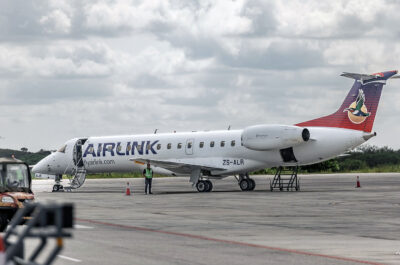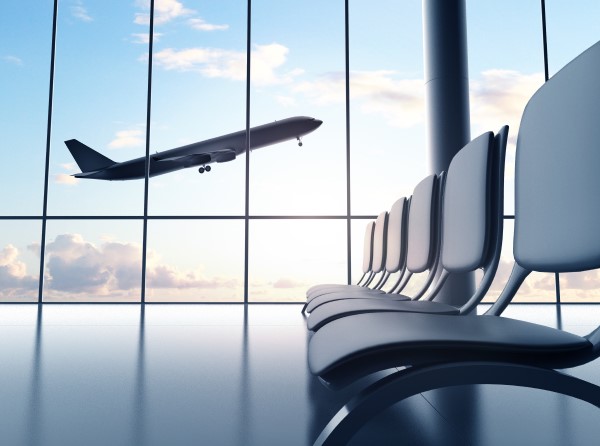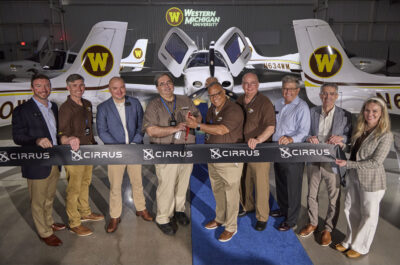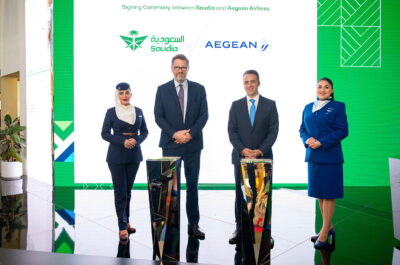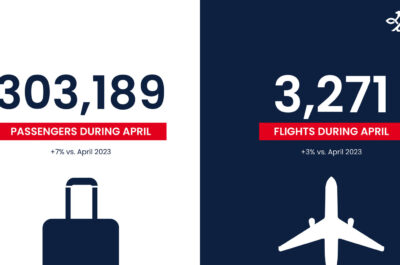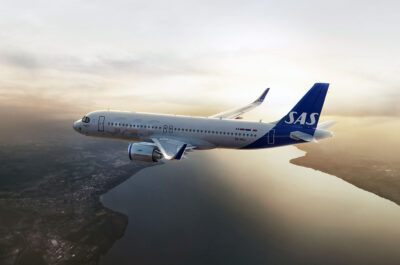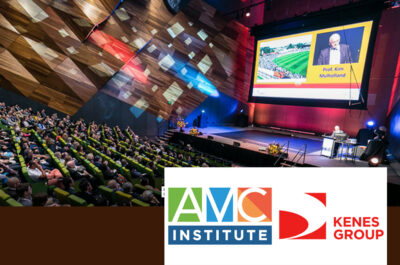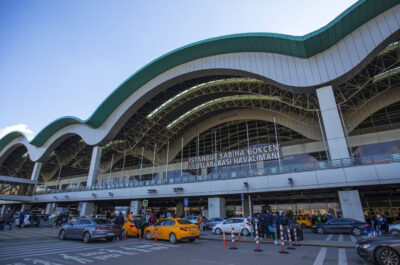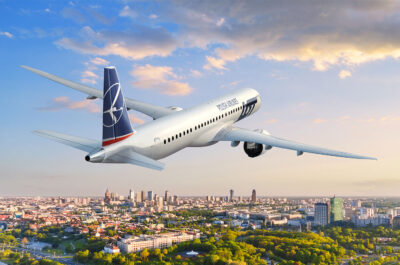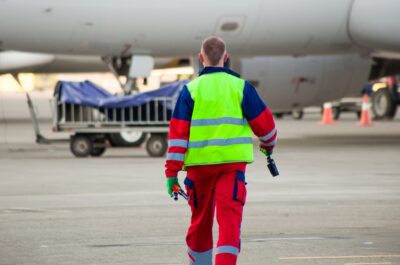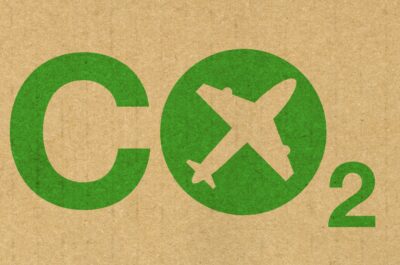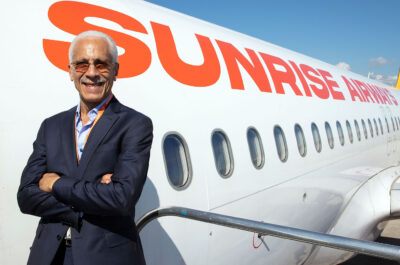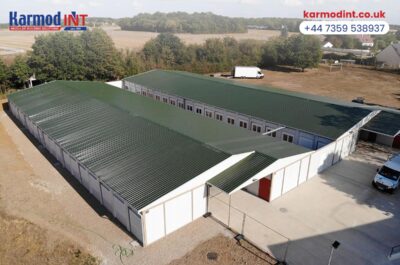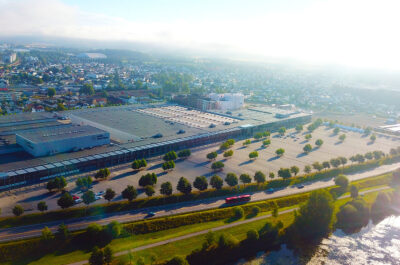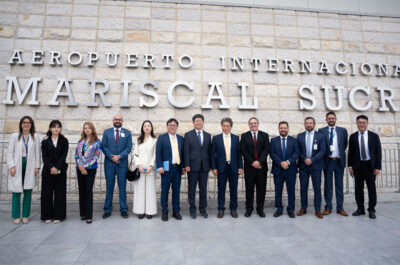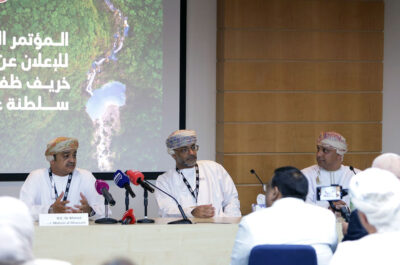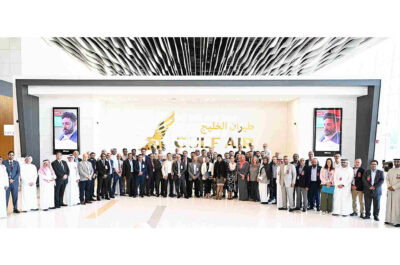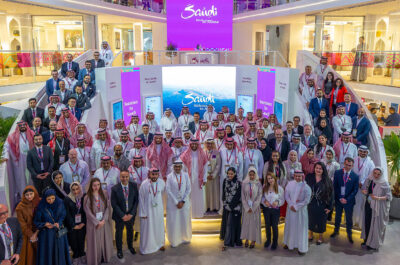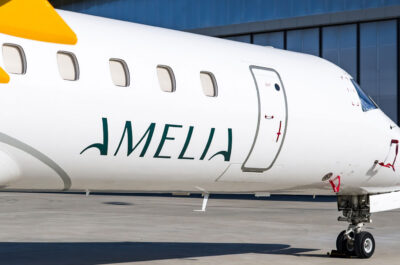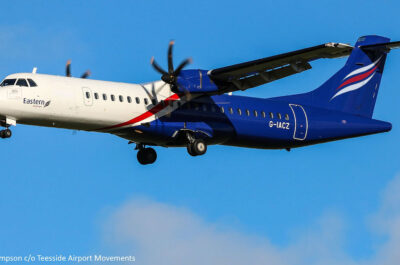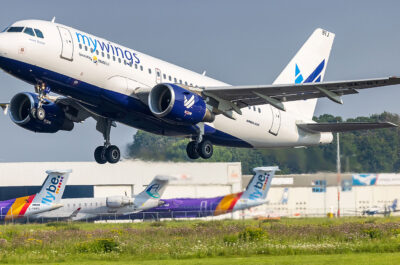Keeping up with all the aircraft news and market changes is a difficult task that impacts your investment decisions.
Despite many challenges that face the aviation industry, technological progress hasn’t stalled. On the contrary, the interest in developing new technologies is higher than ever. So keeping up with all the aircraft news and market changes is a difficult task that impacts your investment decisions.
Electric aircraft
The possibility of electric aircraft has been known for some time now. The first successful test flight happened back in 2019 by Eviation Alice. The plane can carry nine passengers and two pilots without any fuel.
The model was updated in 2021 with more powerful electric engines and a T-tail. The updated Eviation Alice completed a test flight in September 2022, but the service entry date is postponed to at least 2027.
More electric aircraft projects happening all around the world, but they all are stalled in the same way as Eviation Alice. There are multiple reasons why this is the case, but the main one is the inability of electric aircraft to fly long distances.
Most projects focus on air taxis, but such travel is quite expensive and cannot successfully compete with other modes of transportation. Innovation in electric planes should lower the price of short-distance travel, making it more accessible to the general public. We should expect to see such innovation in the upcoming decade.
Autonomous aircraft
The market for autonomous aircraft is comparatively small. It’s estimated that it was around 7 billion dollars in 2021, while the conventional aircraft market in the US alone was about 35 billion dollars. The relatively small demand for autonomous aircraft stalls the progress of innovation, but there is still room to grow.
The market for autonomous aircraft is set to be around 35 billion dollars by 2030. Most innovations are being created in the field of self-flying cargo planes. The aim is to create drone-like small planes that could quickly and cost-effectively fly important cargo, food, medicine, documents, and, in some cases, weapons.
Software and hardware technologies for these planes have shown a huge breakthrough in recent years. Many autopilot programs, such as PX4 Autopilot and Openpilot, are already developed well enough to fly a small cargo aircraft on their own. The sensors needed for such planes are also well-researched already.
The problem stopping the development of autonomous aircraft is the landing and takeoff. It is already possible to navigate one self-piloting plane. But when it comes to fleets of autonomous planes, the challenges become much more significant.
Not many rural areas are willing to provide the landing infrastructure as it costs a lot and may cause sound and air pollution for residents. Infrastructure problems will still stop autonomous aircraft advanced for a few years to come.
But it’s only a matter of time before autonomous aircraft really take off. Groundbreaking technologies in sensors and software programs are already achieved.
Supersonic travel
An ordinary plane engine can not achieve supersonic speed (Mach number 1). That’s why when we talk about technologies shaping supersonic flight, jet engines are at the center of discussion.
The first plane to fly faster than sound was Bell X-1, and it used a rocket engine. Boom Technology, a leading company in the field of supersonic flight, now released a new type of engine called Symphony, which is more fuel-effective than a rocket.
It is only designed on paper and is still being produced. Nonetheless, it is a huge breakthrough for commercial supersonic flights as the engine will fly at Mach 1.7 and carry a plane with up to 100 people.
For comparison, Concorde supersonic airliners had a similar passenger count but a larger fuel intake. The technological innovation behind the Symphony engine is an axisymmetric supersonic intake, which reduces fuel usage while reaching high speeds.
Speed and fuel economy are crucial for commercial supersonic aviation as high costs are the main factor staling this market. The Symphony is set to be released for production in 2024, so we can expect to see this market boom in the upcoming few years.
Propulsion systems
Most propulsion systems compress fuel to get the needed power levels to lift the aircraft from the ground. Traditional piston engines use cylinders and fill them with fuel. The more cylinders you have, the more output you will get. However, the number of cylinders in an engine also increases the fuel intake.
Fuel efficiency is the main problem that aircraft propulsion systems try to solve in the last few last decades. Climate change concerns and rising fuel prices are increasing the need for such technologies in recent years.
Roll-Royce is one of the leading innovators in the field of propulsion systems. They are developing turbogenerator technology engines, which will enable to use of the modular system during the flight. It will potentially enable the plane to use a combination of electric, hydro, and fuel engines.
This technology not only reduces the costs and ecological impact of flights but will allow electric and hybrid aircraft to travel faster distances. The technology is set to be in mass production in a couple of years.
Ecological measures
Ground vehicles don’t need to be as fuel efficient as planes as they can refuel frequently. Therefore, their ecological impact is easier to reduce. Still, some technological innovations can help airplanes reduce their footprint.
Improving aerodynamics is one of the most important aspects of making aircraft more fuel efficient. NASA is currently developing a concept for reducing the lift-to-drag ratio. It’s called a “double bubble” (D8) and relocates the aircraft engine to the top of the plane.
Such a design could cut the carbon emissions of planes by more than half. The research for such planes should end by 2035, but it is likely we’ll see some test flights sooner.
Conclusion
No one can see the future and know where the most groundbreaking technological innovation will happen. But based on the developments of the last couple of years, we can be certain that one of these sectors is likely to bring some impactful innovations quite soon.


